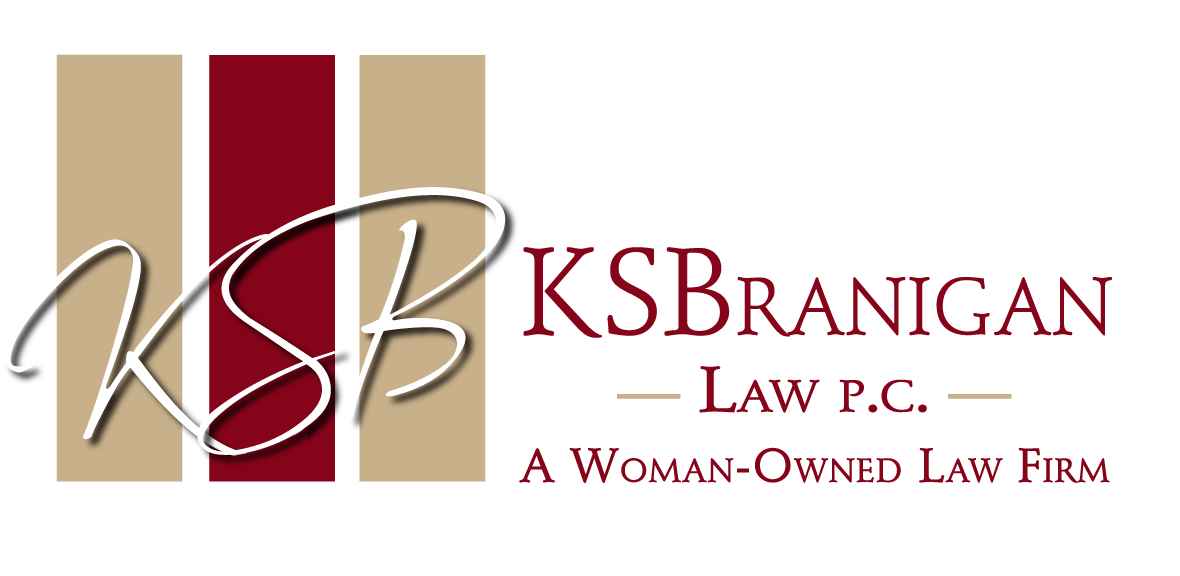A GUIDE TO INTERACTIONS WITH WORKING DOGS
Dogs are really cute, but it’s very important for you (and your dog) to be respectful of working dogs so they can do their jobs. Here’s a handy guide to know when you can, or should not, pet a working dog. So, may I pet your dog?
Service Animal/Guide Dog: NO!
A Service Animal, such as a Guide Dog, is specially trained to do work or perform tasks for a person with a disability. Even if the dog appears to be resting, the dog still needs to remain focused on the human handler in order to render assistance immediately. It is unlawful to interfere with a Service Animal. If the dog is wearing a service harness or vest, the dog is on duty. Steer Clear!
Emotional Support Dog: MAYBE
In New Jersey, an Emotional Support Animal is an animal (including a dog) whom a treating doctor or mental health professional has determined helps a person with a disability by improving at least one symptom of that person’s disability. Emotional Support Animals may help one person, but do not necessarily have special training. Do not interact with an Emotional Support Animal without permission.
Certified Therapy Dog: YES!
A Certified Therapy Dog is specially trained and certified. They are screened for friendly personalities and have been trained to behave calmly in public places. Certified Therapy Dogs visit hospitals, nursing homes, and other places to help lift people’s spirits. They love to be petted!
REMEMBER TO PRACTICE GOOD DOG ETIQUETTE
Dogs are dogs (and anyone can have a bad day). Even if it’s okay for you (or your dog) to interact with a working dog, it’s always necessary to practice good dog etiquette when meeting any dog.
-
Request permission from the dog’s human handler before approaching the dog.
-
Introduce yourself to the dog by speaking in a calm, friendly tone.
-
Before petting the dog, allow the dog to sniff your knuckles/top of your hand by gently stretching out your arm with your hand shaped into a loose fist.
-
If accompanied by your own dog, keep your dog under control and allow the dogs to sniff each other calmly. Make sure your dog does not jump on the working dog or act in a forceful or aggressive manner. If you’re not sure how your own dog will react, keep them separated.
This summary is for informational purposes only and is not intended to constitute legal advice. This information should not be reused without permission.


